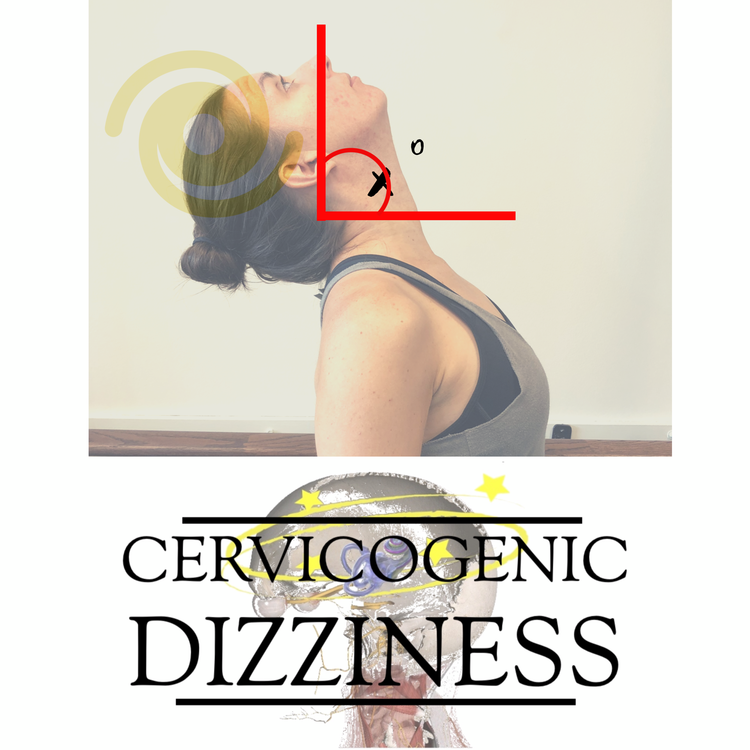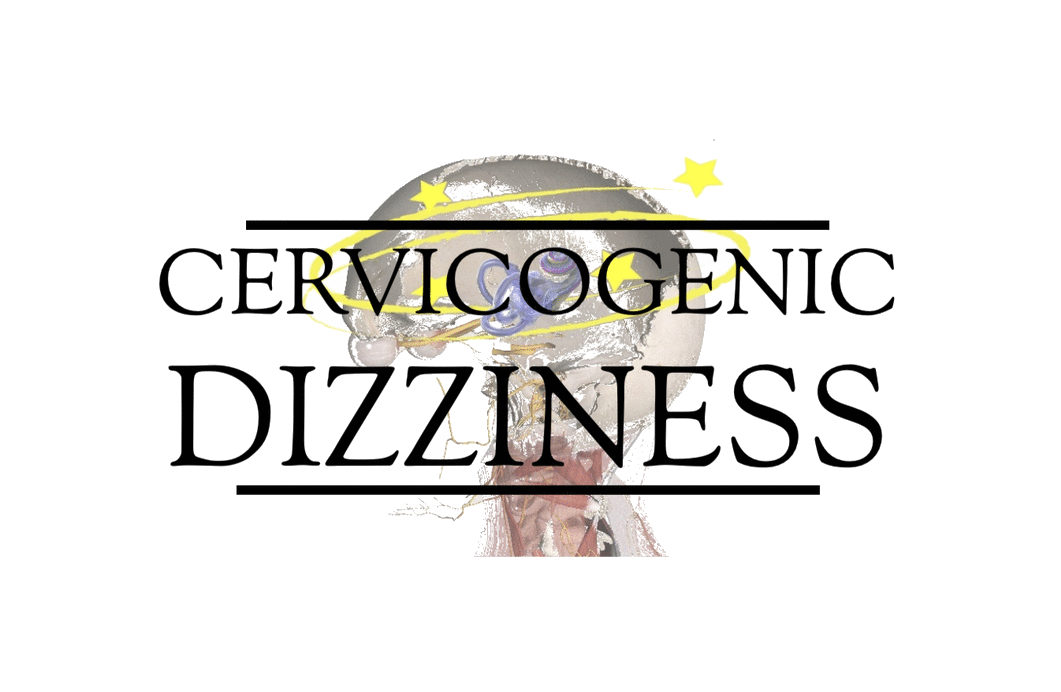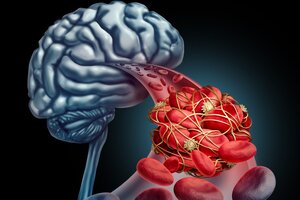
During the differential diagnosis of a patient with vertigo or dizziness, it is pertinent that the clinician determine if the symptoms are benign / non-benign or central / peripheral.
This is our red light or green light system to treat or refer. This is by far the most important decision that comes out of a clinical evaluation and is especially important with neurological symptoms.
The most common benign cause of vertigo is benign paroxysmal positional vertigo (BPPV). There are specific subjective and objective findings that are crucial to ruling in BPPV in the dizzy patient.
A physical therapist trained in vestibular rehabilitation is well aware of these findings and do a splendid job at helping people! We are actually very good at differential diagnosis and use the latest research to help refine our clinical exam!
In some instances, patients who are having dizzy/vertigo symptoms seek out help from physical therapists with thought they are having BPPV but instead it is an early sign for a stroke. Early diagnosis and intervention are crucial for successful treatment in patients with acute ischemic stroke because prompt thrombolytic treatment improves outcomes. We also do not want to propel a spontaneous dissection through a mechanical input, such as with manual therapy, Dix-Hallpike testing or even range of motion.
In fact, ischemic changes affecting the vestibular artery in patients with BPPV could precede a full-blown ischemic stroke. These ischemic changes affecting the vertebrobasilar system could initially produce vestibular symptoms, such as BPPV.

Here are a three factors for the vestibular therapist to know about BPPV and stroke:
The vestibular organs are vulnerable to ischemic obstruction. This is due to the "small creek" that finally lead to the organs from the anterior vestibular artery, which as we know, originate initially from the vertebral-basilar artery. Therefore, a disturbance of adequate hemodynamics to this region could indicate a disruption more proximal, such as in the vertebral-basilar artery.
There are common risk factors associated with both BPPV and ischemic stroke. These can include osteoporosis, smoking, alcohol consumption, anxiety, cardiovascular disease and diabetes. Conditions such as obesity, cardiovascular disease, and diabetes are chronic diseases and related to stroke onset. Therefore, a correlation can be made that BPPV increases the risk of ischemic stroke.
BPPV is recurrent and can lead to lifestyle changes. One lifestyle change can be physical inactivity. Physical inactivity following BPPV might increase the risk of an ischemic stroke. A sedentary lifestyle due to avoidance of activities from fear or provocation of vertigo/dizzy symptoms can occur in these patients over time. Our goal is to educate our patients to stay active with proper recommendations based off of the patient's presentation. Our goal too is to get them better so they do not have impairments!
These are just 3 factors that we believe a vestibular therapist should be aware concerning ischemic stroke while treating a dizzy patient. Having this knowledge helps us go beyond the thinking of pathophysiology of cupulolithiasis and canalolithiasis. These factors can lead to knowledge of not only signs and symptoms associated with non-mechanical and mechanical causes of dizziness, but also education for our patients for the long term, especially for those with recurrent vertigo.
CERVICOGENIC DIZZINESS COURSES AND CERVICAL VERTIGO COURSES
You can learn more about the screening and treatment process of Cervicogenic Dizzinesss through Integrative Clinical Concepts, where the authors (husband–a manual therapist a wife—a vestibular specialist), teach a very unique course combining both the theory and practice of vestibular and manual principles in their 2-day course. Pertinent to this blog post, the 2nd day includes the “Physio Blend”, a multi-faceted physiotherapist approach to the management of Cervicogenic Dizziness, which includes treatments of the articular and non-articular system of manual therapy and the most updated sensorimotor exercise regimen.
If you would like to host a course for your staff (either a vestibular, neuro, sports or ortho clinic), please do not hesitate to contact me at harrisonvaughanpt@gmail.com for more information.
AUTHORS
Harrison N. Vaughan, PT, DPT, OCS, Dip. Osteopracic, FAAOMPT
Instructor: Cervicogenic Dizziness for Integrative Clinical Concepts
Danielle N. Vaughan, PT, DPT, Vestibular Specialist
Instructor: Cervicogenic Dizziness for Integrative Clinical Concepts



